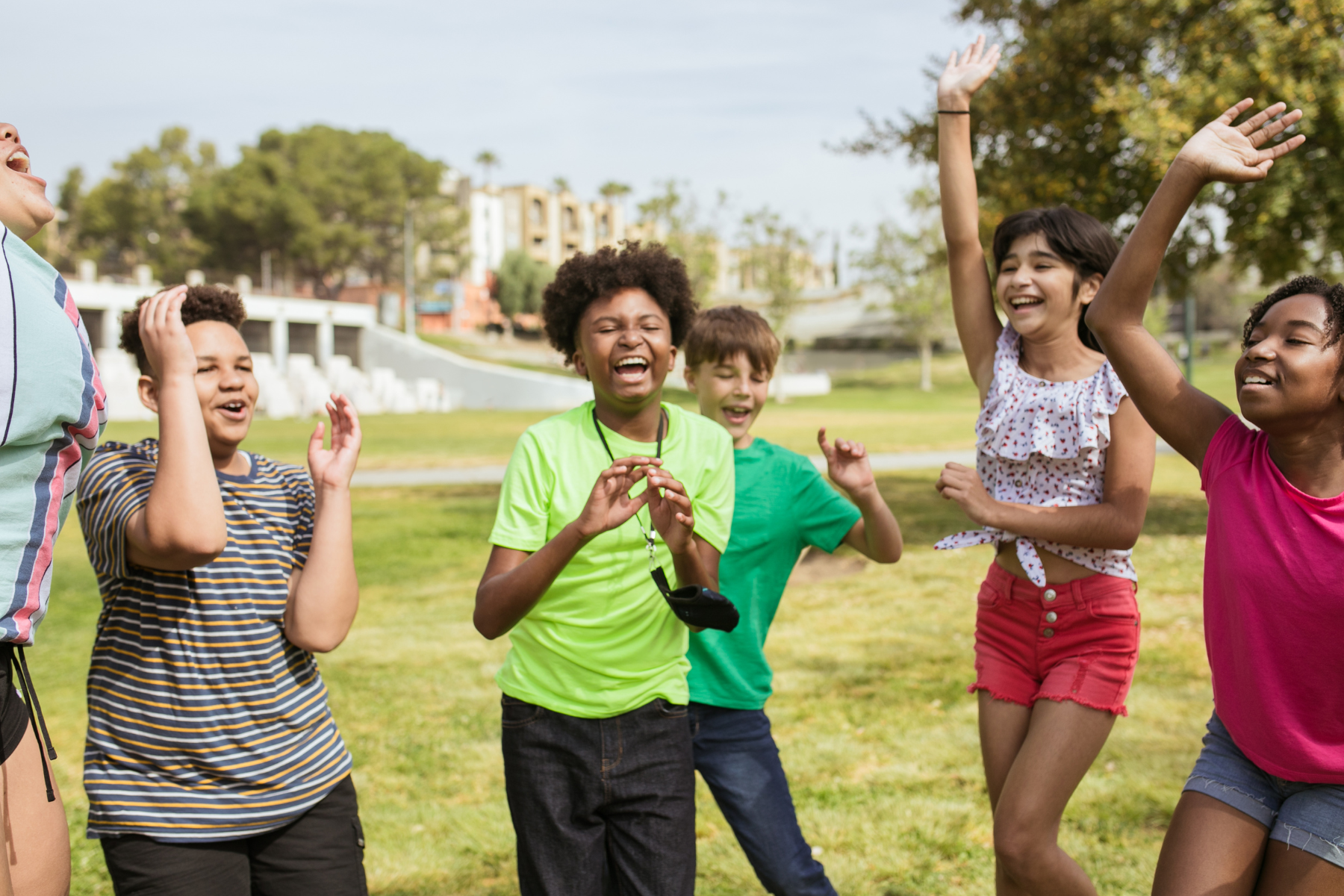Systemic barriers exist for girls and youth of color to pursue STEM interests across the country.
- By the time students reach the 6th grade, middle-class children have likely spent 6,000 more hours learning than kids born into poverty. This is equivalent to 5 years of schooling (ExpandED Schools, 2016).
- 75% of Latinx and African-American students attend high-poverty schools. These schools provide fewer resources to young girls of color. These young women are under-prepared for the workforce. (Oakes, J., Cookson, P., George, J., Levin, S., Carver-Thomas, D., Frelow, F., & Berry, B., 2021)
- Girls with less educated parents or low-socioeconomic status are not pursuing advanced STEM coursework in high school (National Science Board, 2018).
Exciting STEM interest, out-of-school STEM learning spaces are uniquely situated to support youth historically underrepresented in STEM (King, Pringle, 2019; Morton, Smith-Mutegi, 2022).
Active, experiential learning, has been shown to have disproportionate benefits for underrepresented students (at the collegiate level) (Theobald, Hill, Tran, Agrawal, Arroyo, Behling, Chambwe, Cintrón, Cooper, Dunster, Grummer, Hennessey, Hsiao, Iranon, Jones, Jordt, Keller, Lacey, Littlefield, Freeman, 2020).
Key components of afterschool programs, mentoring and exposure to STEM role models have been proven to effectively promote a sense of belonging in STEM, particularly for youth of color (Herrenkohl, Lee, Kong, Nakamura, Imani, Nasu, Hartman, Pennant, Tran, Wang, Eslami, Whittlesey, Whittlesey, Huynh, Jung, Batalon, Bell, & Taylor, 2019; Mroczkowski, Harris, & Skeeles-Worley, 2021).
When students feel connected to and have a sense of belonging within STEM, they are more likely to develop a STEM identity, which increases and deepens their engagement with STEM learning (Bell, Cannady, Crowley, Nelson, Philips, Riedinger, & Storksdieck, 2018). These connections are frequently made through hands-on, project-based learning, relevant to real-world challenges, found in afterschool and summer programs.
—
Bell, J., Besley, J., Cannady, M., Crowley, K., Grack Nelson, A., Philips, T., Riedinger, K., & Storksdieck, M. (2018). The Role of Identity in STEM Learning and Science Communication: Reflections on Interviews from the Field. Washington, DC: Center for Advancement of Informal Science Education.
ExpandED Schools. (June 2016). “The 6,000-Hour Learning Gap and Why It Matters.” https://medium.com/@expand_school/6-000-hours-f9ccd359efbe
King, Natalie S. and Pringle, Rose M., “Black Girls Speak STEM: Counterstories of Informal and Formal Learning Experiences” (2019). Middle and Secondary Education Faculty Publications. 144. doi: https://doi.org/10.1002/tea.21513
Leslie Rupert Herrenkohl, Jiyoung Lee, Fan Kong, Susie Nakamura, Kimia Imani, Kari Nasu, Ansel Hartman, Benjamin Pennant, Elisa Tran, Everet Wang, Noushyar Panahpour Eslami, Daniel Whittlesey, David Whittlesey, Tri Minh Huynh, Allen Jung, Chris Batalon, Adam Bell & Katie Headrick Taylor (2019) Learning in Community for STEM Undergraduates: Connecting a Learning Sciences and a Learning Humanities Approach in Higher Education, Cognition and Instruction, 37:3, 327-348, DOI: 10.1080/07370008.2019.1624549
Morton, C., Smith-Mutegi, D. Making “it” matter: developing African-American girls and young women’s mathematics and science identities through informal STEM learning. Cult Stud of Sci Educ 17, 39–52 (2022). https://doi.org/10.1007/s11422-022-10105-8
Mroczkowski, A. L., Price, C. A., Harris, N. C., & Skeeles-Worley, A. D. (2021). Youths’ Perceptions of Features of a Museum-Based Youth Development Program That Create a Supportive Community Context: A Qualitative Case Study. Journal of Adolescent Research. https://doi.org/10.1177/0743558420985462
National Science Board. (2018) Science and Engineering Indicators. https://www.nsf.gov/statistics/2018/nsb20181/assets/nsb20181.pdf
Oakes, J., Cookson, P., George, J., Levin, S., Carver-Thomas, D., Frelow, F., & Berry, B. (2021). Adequate and equitable education in high-poverty schools: Barriers and opportunities in North Carolina. Learning Policy Institute.
Theobald, E. J., Hill, M. J., Tran, E., Agrawal, S., Arroyo, E. N., Behling, S., Chambwe, N., Cintrón, D. L., Cooper, J. D., Dunster, G., Grummer, J. A., Hennessey, K., Hsiao, J., Iranon, N., Jones, L., Jordt, H., Keller, M., Lacey, M. E., Littlefield, C. E., . . . Freeman, S. (2020). Active learning narrows achievement gaps for underrepresented students in undergraduate science, technology, engineering, and math. Proceedings of the National Academy of Sciences, 117(12), 6476-6483. https://doi.org/10.1073/pnas.1916903117


